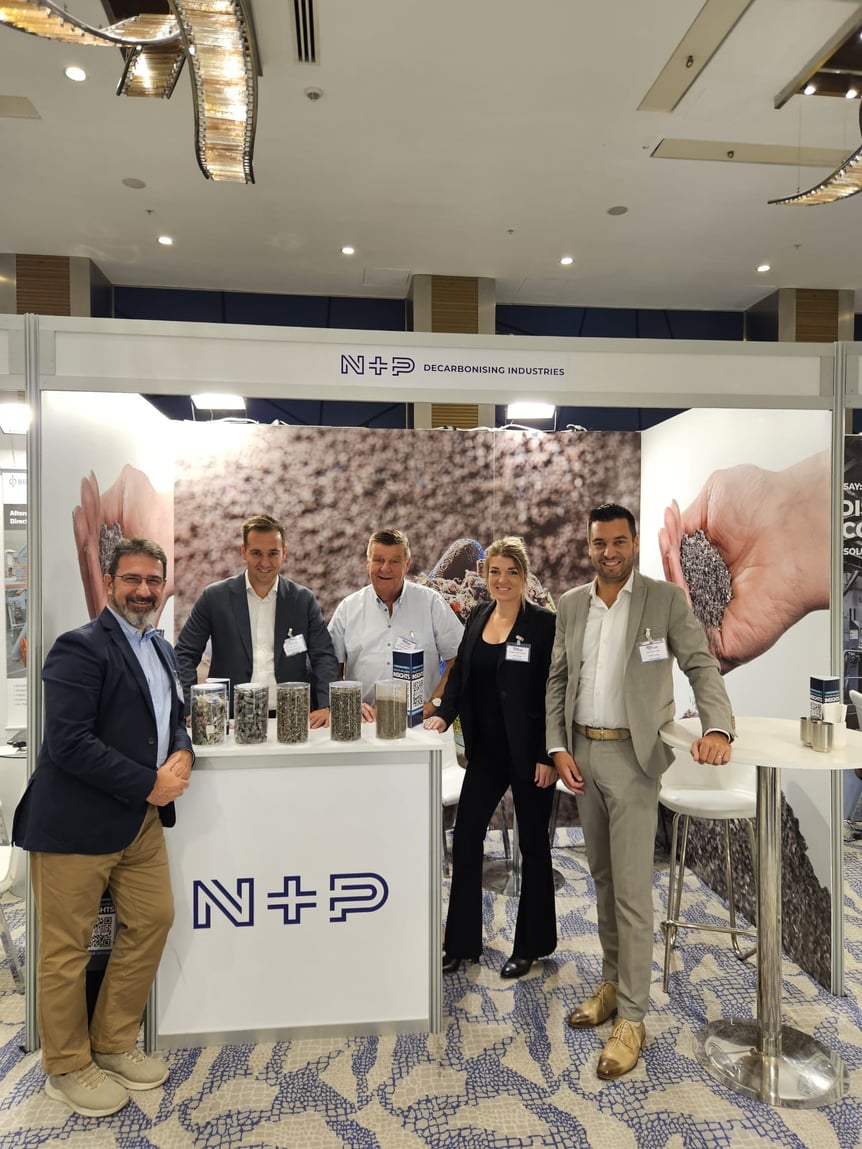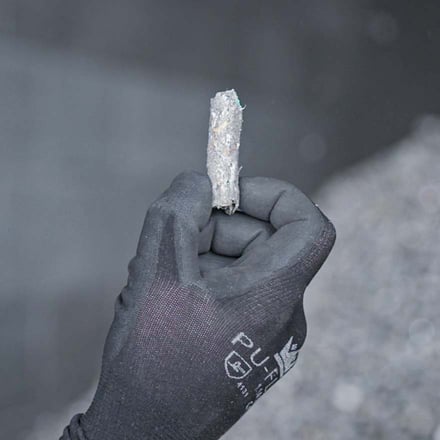At the 16th Global CemFuels conference, I was honored to speak on N+P’s behalf on developing our next-generation alternative fuels. At the same time, it was a bit of a strange situation to be in, as our well-respected deceased colleague Neville Roberts would normally have been in my place. I remember he was often referring to excellent and high-quality fuel as “rocket fuel”, something which should bring any kiln to 100% thermal substitution, and that is precisely what our topic for this years CemFuels was: Next generation Alternative fuel Up to 100% fossil substitution with milled Subcoal® in the cement and lime industry.
The Evolution and Impact of Pulverized Alternative Fuel (PAF)
Having been at numerous conferences, the topic of milling alternative fuel or improving its properties has often been raised. In practice, it was always challenging to find real projects continuously doing this because of costs or technical reasons. At the same time, many of our conversations with clients often went into the direction of the properties of the alternative fuel and the quality requirements, which are in the view of many needed to reach the ultimate objective of 100% thermal substitution.
Jumping back a few years, back in 2018, we have already started working on improving our Subcoal quality because of the power plant conversion project we were involved in at that time. Since then, N+P has invested heavily in further enhancing our Subcoal with a specific focus on the physical properties. This has resulted in our so-called “Pulverized Alternative Fuel”, or PAF. One of my personal highlights of this development was during COVID, while I was sitting outside on my terrasse in the early morning, watching a live feed from our trials running with Mitsubishi Hitachi in Japan. It was around 5 a.m. when one of our colleagues made the now-famous statement, “That is a flame”.
It proved to be the very first time a waste-derived alternative fuel was successfully pulverized and used to fire a standard coal design burner without any other supporting fuels for a couple of days. At one point, it became natural to link this development to the requirements of the cement industry, so we embarked on our journey to trial milled pellets at main burners throughout Europe.
The True Value of Milled Pellets in Fuel Substitution
When I explain milling pellets to people from the industry, a natural response tends to be to say, “That must be expensive”. You put so much energy into the material that it can never be cost-competitive. Everything is expensive if you talk to a purchaser, but if you dive deeper into the costs of milling a pellet to a fine particle and taking into account the added value that these (very) fine particles give, the discussion typically becomes less difficult. It is no secret that the last bits of substitution tend to be the most difficult, certainly, if you don’t have access to high-quality SRF or other materials like solvents. I have found that almost everyone we have been speaking to regarding this idea tends to see the benefits, and our results in practice have also proven this.
Challenges and Breakthroughs in Pellet Milling Technology
During our journey of milling pellets, we have trialed and tested many different pieces of equipment, which are not necessarily used in the waste industry but typically are used in various other, more prominent industries. At N+P, we do not build or sell equipment, so there is no natural preference in terms of which piece of equipment we use. The most experience we have gathered is with a hammer mill, which also seems to give the best CAPEX and OPEX results. I always like to say we are open to any technology, so if you have anything to offer, please do not hesitate to contact me. The hammer mill simply does what it is supposed to do. Its hammers turn at high speed and basically smash up the pellet. It sounds straightforward, and in a way, it is, but there is some specific link between pellet quality and mill settings, which can dramatically affect the outcome. I may sound a bit like a drama queen when saying that, but trust me, we have sometimes raised our eyebrows on some results!
Perfecting the Process of Milling Pellets for Enhanced Fuel Solutions
As it is often with development, your idea may work very nicely in a lab, but scaling it up proves to be more challenging. Our development for the PAF material is ongoing, but we are still confident that we can make the material at a large scale. Currently, our production capacity still needs to be improved, but we have made significant steps in ramping up to tonnes per hour, not buckets!
However, the long development time also led us to think about our standard pellet quality and its milling properties. Again, we found that we can make a beneficial product for the cement industry, maybe not as refined and not exactly the same flowability properties as the PAF material. However, we found that “cement guys” can typically also work with our standard milled pellets. But then the chicken or egg question comes into play. How do you convince someone to buy a hammer mill for the sake of a 50-ton trial? In this case, the answer is simple: you don’t. You just go out and buy one yourself and offer the milled product to our clients for testing. It took some persuading from our management team, but finally, we got permission to install our own hammer mill, which we could use for smaller-scale trials.
Of course, when you first start milling, there is a lot to learn and do not just on the technicality of the mill as such but also around the logistics, operations and quality control parameters. It just shows how many factors we must consider when working on something new! We could finally bring material to our clients when we were confident enough.
As some of you may have seen on my LinkedIn page, the journey took some months, but we finally hit the point where we could run our mill continuously as the number of trials increased by the week. Some clients even asked for continuous supply. We found that not just cement kilns could benefit from these developments, but other kiln technologies, like vertical shaft kilns or Maerz kilns, found the milled material a welcome alternative to their fossil fuel demand.
Achieving Significant Substitution Rates with Milled Fuel Solutions
So, what did we achieve in the last few months? I am happy to say that we found that with our milled fuel qualities, our clients have increased their substation rates significantly. What is significant, well, up to 30% more in a matter of days, did sound quite substantial to me! One of the main challenges is that a plant needs to be able to feed our milled material.
Often, there is no spare capacity, and replacing SRF or other materials with a high-grade milled material makes no sense. The target is and should always be fossil fuel! At the same time, coming back to the chicken and egg, in the long run, it makes a lot more economic sense for a rotary kiln to install their own milling system instead of buying a milled product. So, in some cases, we convinced the site and its management team to stop feeding SRF shortly to prove the concept with milled fuel. This has already led to some clients investing in their own milling equipment, making their business case even more efficient.
Maximizing Alternative Fuel Usage to Approach 100% TSR
In my presentation, I have highlighted 4 cases where our milled fuel was successfully trialed. These include a shaft and Maerz kiln, which is, to my knowledge, a first-of-a-kind. All these cases are now in the process of either continuing the usage of milled pellets or in the process of obtaining their own milling equipment to continue the utilization of milled pellets.
But even more importantly, in all the mentioned examples, the clients are maximizing the usage of other alternative fuels like SRF or MBM, so the milled pellets are used for the last 30-40% of coal usage, typically on the main burner. Although we can’t share the exact numbers, most of our clients were able to reach very close to 100% TSR, making the presentation title come true to its words!
Want to know the specifics of the presentation? Download your copy here.


